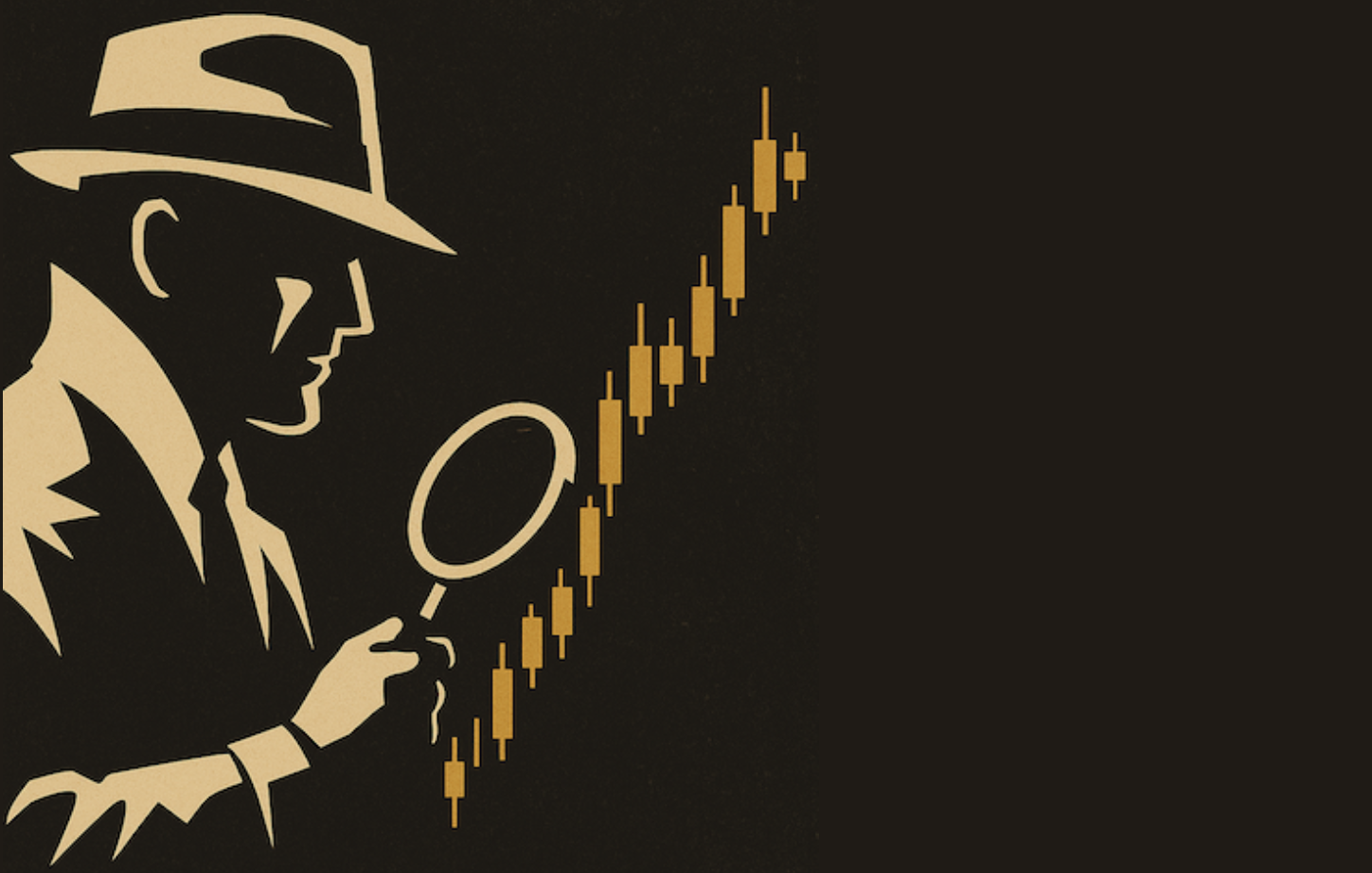BOND YIELDS HIT 2004 HIGH -- SOX PULLS NASDAQ LOWER -- MAJOR AVERAGES BREAK 50-DAY LINES -- GOLD STOCKS BREAK SUPPORT -- NO NEED TO WAIT ON MR. GREENSPAN TO TELL US RATES ARE HEADED HIGHER -- THE MARKETS ALREADY KNOW IT
10-YEAR T-NOTE YIELD CLIMBS AGAIN... Comments from Mr. Greenspan may have had something to do with pushing bond yields higher today and stock prices lower. His remarks on the banking industry made reference to higher interest rates. That's not what either market wanted to here. Traders are also nervously awaiting his testimony before Congress tomorrow. They'd do better paying more attention to market charts and less to what's being said by Washington economists. Chart 1 shows why that's true. The 10-year T-note yield has been rising sharply since mid-March when employment and inflation figures came in higher than expected. Whether or whenever the Fed decides to raise rates seems almost irrelevant. The market is raising rates on its own. The 10-year yield closed at a new 2004 high today after recently breaking important down trendlines. As further evidence that rising rates are rattling the market, interest-sensitive financial, housing, and real estate stocks have been hit the hardest over the last month. Chart 2 shows Centex (a homebuilder) peaking as rates started to rise during March. Chart 3 shows REITs tumbling as rates started to climb. REITs were among today's biggest losers. The relative strength line in Chart 4 peaked in mid-March as financial stocks started to underperform the S&P 500. These are unmistakeable signs that the market expects higher interest rates. No need to wait for Mr. Greenspan to acknowledge what the markets already know. That includes the dollar which jumped sharply against the Euro today on expectations for higher U.S rates. And gold stocks which are falling because of the stronger dollar. The threat of rising rates also seems to have undermined this morning's rally attempt. The result was that all of the market averages fell back below their 50-day moving averages. And the decline was led by technology. Loss of Nasdaq leadership is usually a bad sign for the rest of the market.

Chart 1

Chart 2

Chart 3

Chart 4
SOX PULLING QQQS LOWER... The Nasdaq 100 was the day's biggest percentage loser (down 2.48%). Its daily chart shows the Nasdaq 100 Shares (QQQ) falling back under their 50-day average. [All major indexes closed under their 50-day lines]. Today's price drop also took place on rising volume. The relative strength line shows that the QQQs have been underperforming the S&P 500 since January and are starting to weaken again. Loss of Nasdaq (technology) leadership isn't a good sign. The technology group most responsible for the Nasdaq slide is semiconductors. Chart 6 shows the SOX Index closing under its 200-day moving average today. Its relative strength line (plotted against the Nasdaq 100) has dropped to a new low. That's not a good sign either. While all market sectors were down today, Consumer Staples held up the best. Yesterday I talked about recent investor preference for Consumer non-cyclicals. That's part of a market rotation that's being caused by the thought of rising interest rates. Rising rates are also behind the recent drop in gold shares.

Chart 5

Chart 6
GOLD NEARS $390 -- XAU HITS 2004 LOW... Gold is also rate-sensitive. That's because rising rates push the U.S. dollar higher which, in turn, is bad for gold and gold stocks. Gold started falling from $430 at the start of April and is within $10 of its March low near $390. Most of the damage, however, is being seen in the XAU index which has fallen under its January low and its 200-day moving average. News of a drop in German consumer confidence this morning pushed the Euro into its biggest drop in a week against the dollar. That pushed gold and gold shares lower. As I said earlier, no need to wait on Mr. Greenspan. The market's message is loud and clear.

Chart 7

Chart 8












